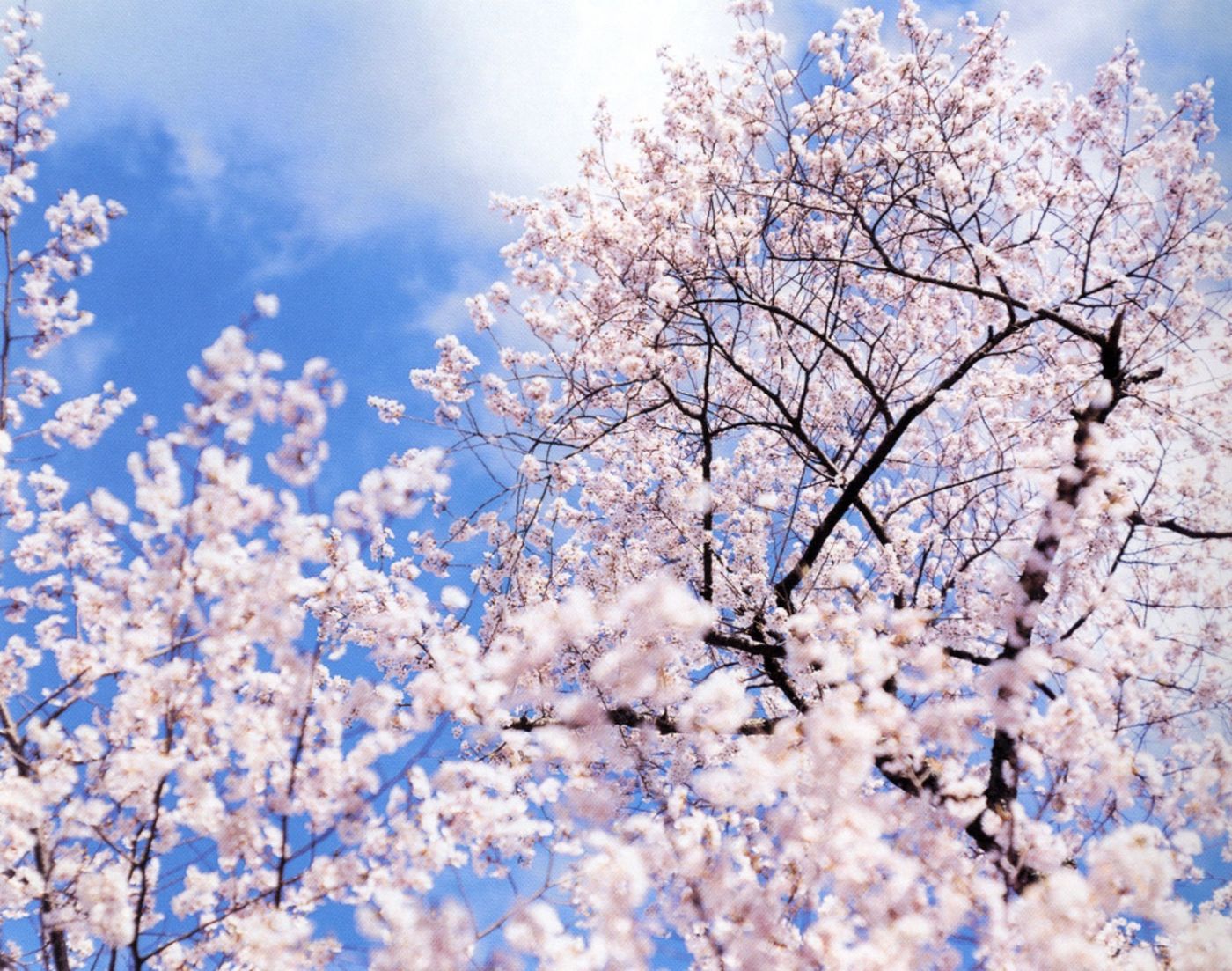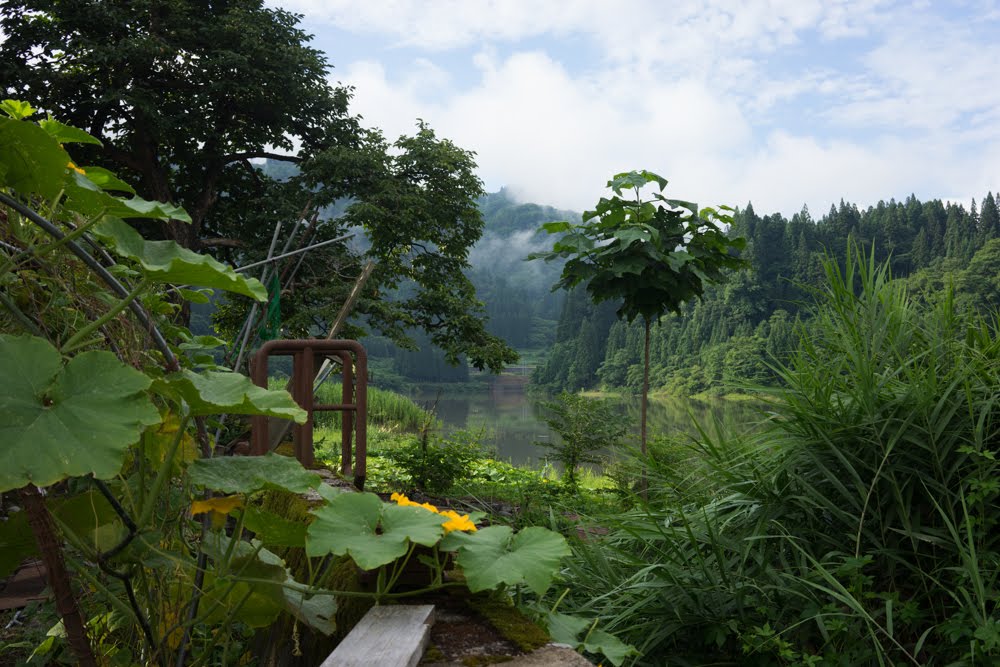Tsuka: An Exhibition of Contemporary Japanese Photography

Tsuka Installation View - Matthew Stanton

Chikako Enomoto - Tsuka Exhibition Opening

Mayumi Suzuki - The Restoration Will

Risaku Suzuki Kyozuka, Kumano

Hajime Kimura - Kodama

Go Itami Photograph

Hajime Kimura Snowflakes Dog Man

Hiroshi Hatate Tama-Chan

Chikako Enomoto Daedalus

Yusuke Yamatani Into the Light

Risaku Suzuki Sakura

Tsuka Fundrasing Auction

Mayumi Hosokura Kazan

Kazuma Obara Silent Histories

Tsuka Installation View - Matthew Stanton

Chikako Enomoto A Cuckoo's High

Yusuke Yamatani RAMA LAMA DING DONG

Mayumi Suzuki The Restoration Will

Daisuke Morishita Asterisk

Mayumi Hosokura Trailer

Hajime Kimura Snowflakes Dog Man

Yusuke Yamatani Into the Light

Daisuke Morishita Asterisk

Daisuke Morishita Asterisk Install

Mayumi Hosokura Kazan

Kazuma Obara Silent Histories

Tomoki Imai Semicircle Law

Kenji Chiga Suppressed Voice installation view - 2018
Risaku Suzuki, Kazuma Obara, Tomoki Imai, Kenji Chiga, Mayumi Hosokura, Chikako Enomoto, Hiroshi Hatate, Daisuke Morishita, Mayumi Suzuki, Hajime Kimura, Yusuke Yamatani, Go Itami, Yoshinori Mizutani, Asako Narahashi, Shingo Kanagawa, Yuji Hamada, Hiroyuki Takenouchi, Hiromi Kakimoto, Yoshikatsu Fujii, Masako Tomiya, Kosuke Okahara, Keiko Nomura and Yasutaka Kojima.
Centre for Contemporary Photography, Melbourne, Victoria: June 8 - July 15
Museum of Innocence, Mildura, Victoria: July 21 - August 18
Just as the images start to make sense, as history begins to be known, more pieces of the puzzle start to appear. We find ourselves navigating maps and craning to understand the machinations of this event. Drawings, diagrams, gas masks and documents give the viewer a sense of decoding, of unscrambling something that shouldn’t make sense. I hold my breath, and then release. What about the rabbits?
That’s why I’m stressing that none of these projects are going to be cliche. People need to understand that Japan isn’t just about Mt. Fuji and geishas. There’s other layers and I think it’s important to show the complexity of that. And in photography there’s so much interesting work that’s not about the usual people that we know. I think that’s important that that’s driving the project to show the complexities.
In the book, there are few moments of respite with an empty page featuring either an asterisk or text from the photographer himself. The former signifies if nothing else…nothingness, while the latter serves an effect similar to the Stephen Shore’s The Nature of Photographs not only in terms of language but as a primer.



In this interview, Shingo Kanagawa speaks about the process behind his well received book Father, the motivation behind it and continuation of the project. He also kindly shares with us some images from an upcoming project about his aunty, and touches on his plans to explore the idea of faith.